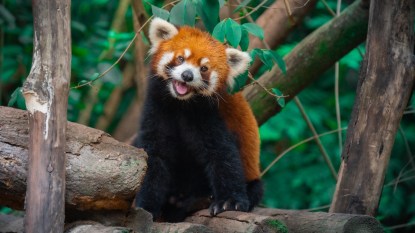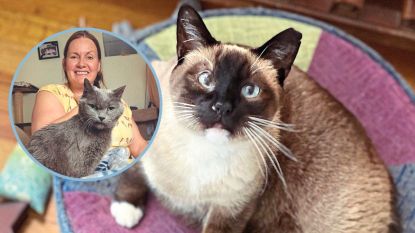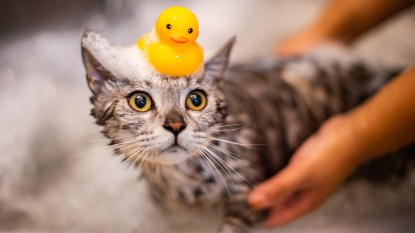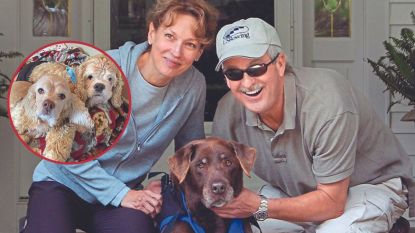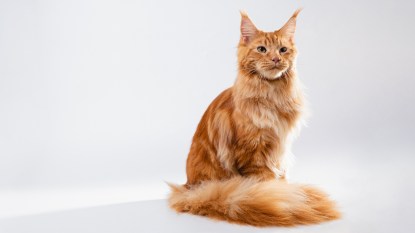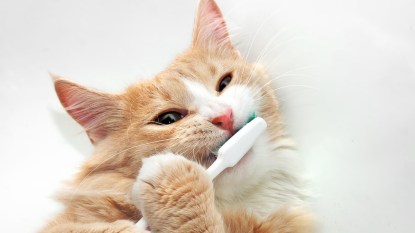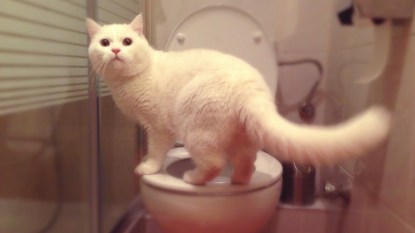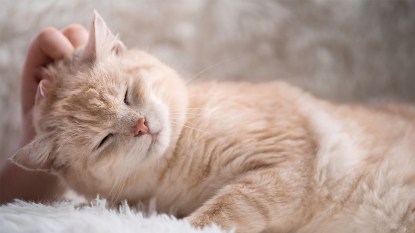‘Like Children With Feathers’: Parrot Rescuer Talks Life With the Colorful Birds
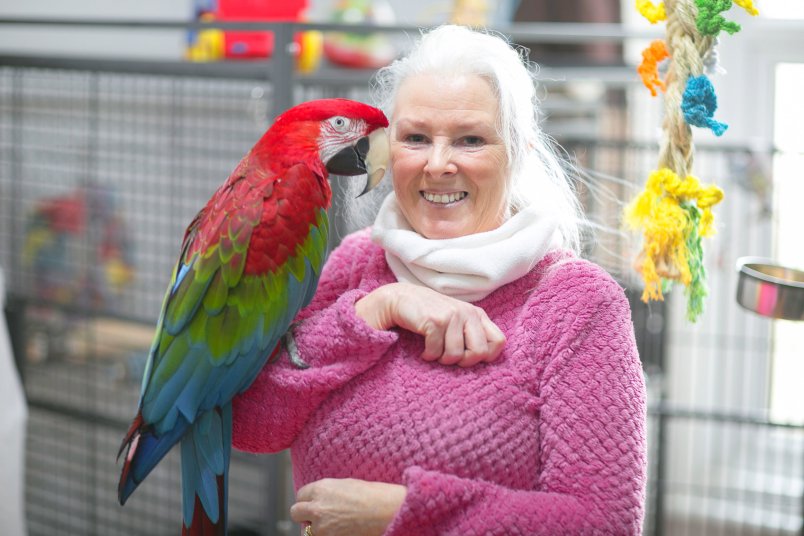
When it comes to parrots, most of us think of a chatty Captain Flint perched on the shoulder of Long John Silver, chirping on about “Pieces of Eight.” But there’s so much more to these complex, intelligent creatures than that stereotype, as Australian parrot rescuer and expert, Joan Rakhra, tells us.
“Parrots are beautiful, comical and full of personality. Each one is different. And they’re hugely loving, but they’re also wild animals so you have to know how to treat them,” she says.
Ever since her first budgie at the age of eight, Joan, now 58, has dedicated her life to her birds. Today, her home is a rescue sanctuary to dozens of feathered friends, many of which have come from unwanted homes (their owners just didn’t know how to look after these rather high-maintenance birds).
“What many people don’t realize is that parrots are expensive to feed and they demand constant attention. They need to be loved and cuddled but completely respected, too. They have to come to you, not the other way round, so if you poke your fingers through the cage or invade their space, you will get a bite. The way they seem to see it is that this is their house, I just happen to live in it,” chuckles Joan.
“They’re real Jekyll and Hyde characters too, with complicated emotions. So if you’re out at work all day and don’t give them attention, many will hurt themselves or throw a huge tantrum. They’re a lot like children with feathers, really.”
As we chat, it’s clear Joan has developed a true bond of friendship with the company of parrots she and her husband share their home with. There’s Avero the macaw, who happily sits by Joan’s side, offering his foot for her to pick him up when he’s decided she’s been talking to me for quite long enough. Then there’s Bongo, the loyal African grey, who’ll yell out, “Mani, come here,” as soon as Joan’s husband comes home from work. And in the windowsill, there’s the dazzling Green Wing, who sat quietly and contentedly watching the world go by. And that’s not to mention the various other members of the family who swoop by for a quick rest on Joan’s shoulder and squawk as we talk.
“The way I try to build up their trust is to help them with their preening. I sit in a chair by their open cage watching TV and wait for them to come out in their own time. I knew I’d had a breakthrough with my Avero when I first got him when he came up and touched my nose with his beak entirely out of his own choice. You have to be completely confident around parrots because if you back away they’ll panic and give you a bite.”
Now Joan and her parrots are pretty much joined at the hip and go everywhere together. “They have a great life here with me. I train the ones that are safe enough to go outside to use harnesses, and they come with me for regular walks on our prom in Llandudno [a seaside resort town]. My dream is to get enough funds to create an aviary in our garden for summer to make them feel more like they’re in the wild.”
But it’s not just on the North Wales seafront in Australia that you’ll spot Joan and her party of rainbow-feathered friends. Joan’s parrots now make regular appearances at local schools and residential homes, where she uses the birds as therapy and to educate people about what’s involved in caring for these exotic animals.
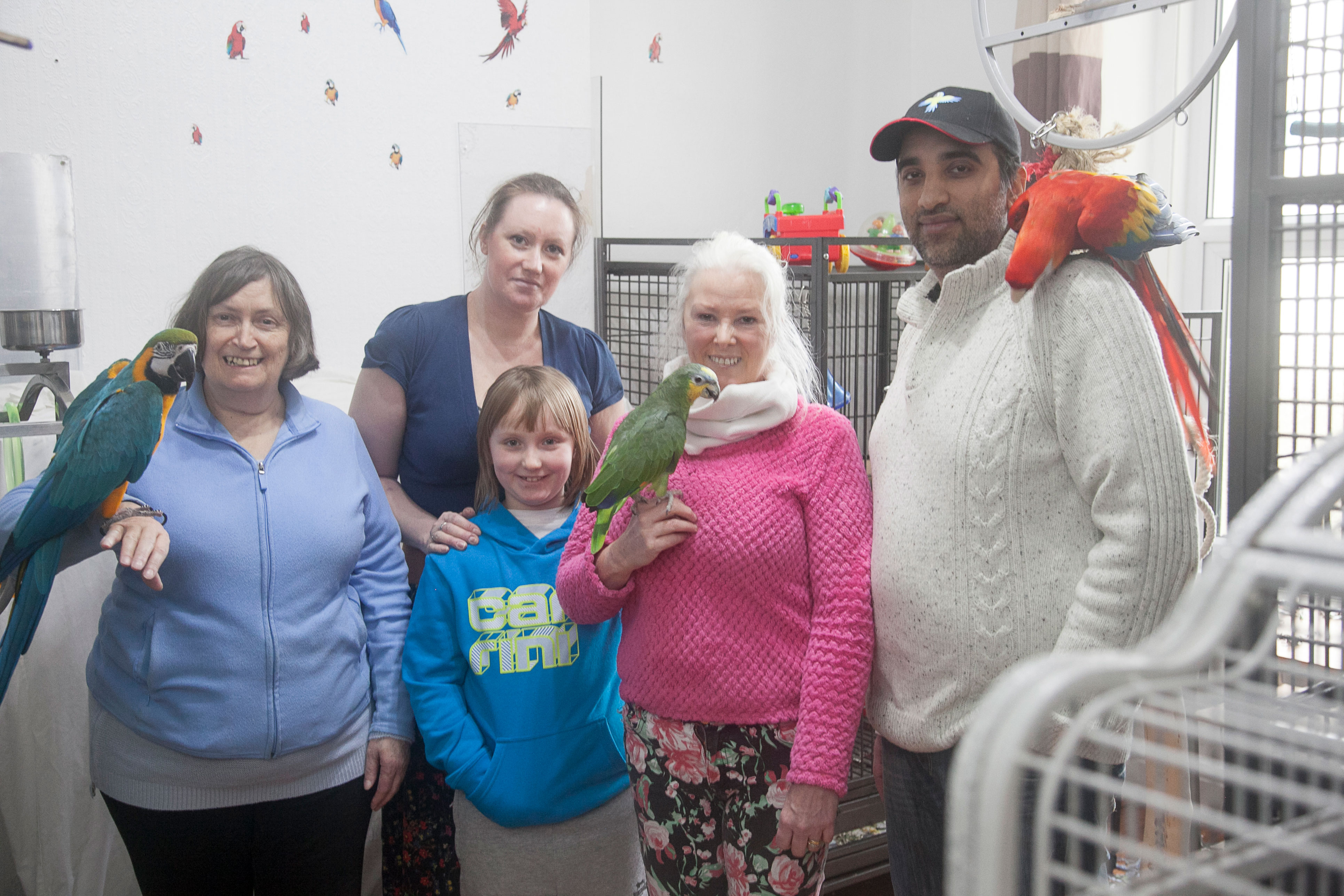
(Photo Credit: Yours)
“For our visits, we tend to take Rocky the cockatoo, who loves being mollycoddled, Lola the talkative one who likes to tell everyone ‘I’m beautiful,’ and our blue and gold macaw who’s been with us for years so is very socialized. The birds love these visits and it’s great to see families and teachers taking pictures of their children or relatives with them.
“While we’re there, we explain to them about what the parrots eat – which is mainly fruit and vegetables like sprouts, kale and cauliflower – and that they are a very long-term commitment as a pet. They can live up to 90 and beyond.
“I hope that with schoolchildren, I’m planting the seed of an idea so that if in the future they think about getting a bird, they’ll hopefully remember my talk and make sure they think very carefully about the responsibility involved before buying a parrot. And they’ll remember that they are the cutest and most loving birds, but you have to know how to treat them.”
This article originally appeared on our sister site, Yours.
More From Woman’s World
Kitten Foster Mom Wanted to Help Even More Cats, So She Started Her Own Clothing Line
Splooting, Bleps, and Boopable Snoots: Your Guide to Modern Pet Slang
Sweet Video of Penguin Couple Holding ‘Hands’ Is So Flippin’ Cute


